Subtotal: $240.00
Magic Mushroom Psilocybe Cubensis
Magic Mushroom Psilocybe Cubensis
Magic mushrooms are wild or cultivated mushrooms that contain psilocybin, a naturally-occurring psychoactive and hallucinogenic compound. Psilocybin is considered one of the most well-known psychedelics, according to the Substance Abuse and Mental Health Services Administrations
Psilocybin is classified as a Schedule I drug, meaning that has a high potential for misuse and has no currently accepted medical use in treatment in the United States
Magic mushrooms are often prepared by drying and are eaten by being mixed into food or drinks, although some people eat freshly picked magic mushrooms.
Also Known As: Magic mushrooms are also known as shrooms, mushies, blue meanies, golden tops, liberty caps, philosopher’s stones, liberties, amani, and agaric.
Drug Class: Psilocybin is classified as a hallucinogen.
Common Side Effects: Magic mushrooms are known to cause nausea, yawning, feeling relaxed or drowsy, introspective experience, nervousness, paranoia, panic, hallucinations, and psychosis.
What Do Magic Mushrooms Do?
Magic mushrooms are hallucinogenic drugs, meaning they can cause you to see, hear, and feel sensations that seem real but are not. The effects of magic mushrooms, however, are highly variable and believed to be influenced by environmental factors.
Shrooms have a long history of being associated with spiritual experiences and self-discovery. Many believe that naturally occurring drugs like magic mushrooms, weed, and mescaline are sacred herbs that enable people to attain superior spiritual states. Others take magic mushrooms to experience a sense of euphoria, connection, and a distorted sense of time.
The psilocybin found in shrooms is converted to psilocin in the body and is believed to influence serotonin levels in the brain, leading to altered and unusual perceptions. The effects take 20 to 40 minutes to begin and can last up to 6 hours—the same amount of time it takes for psilocin to be metabolized and excreted.
Psilocybe cubensis is a coprophilic fungus (a dung-loving species) that often colonizes the dung of large herbivores, most notably cows and other grazing mammals such as goats. It prefers humid grasslands and has been found in tropical and subtropical environments. In the US, it is sometimes found growing wild in the South, generally below the 35th parallel. It has been found in modern times in the highlands and river valleys of Argentina, Colombia, Ecuador, Peru and Venezuela in South America. It has also been found throughout Thailand, Cambodia, India, and Australia. Psilocybe cubensis can be found where humidity is above 85% a lot of the time, and where grass-eating mammals are.
The reason cubensis grows commonly on the dung of these animals is because they have no or very little stomach acid. The cow eats feed with mushroom spores on it, and the spores germinate in the cow’s moist, warm stomach. No, cubensis is not found under cow patties, and you should not consume anything you find under cow pies. Cubensis can be found within a few hundred miles of the Gulf Coast reliably, especially in fall and spring, all the way from Galveston, TX to Miami, FL. as far north as middle Tennessee. Note though that after 11 years of diligent wild hunting, I’ve only found cubensis in TN twice. If you hunt wild shrooms, make sure you are an expert at identifying mushrooms. What’s the worst that could happen if you mis-identify? Your liver will shut down in a day or two, and you’ll die of systemic ammonia toxicity and jaundice within a week or so. Yeah, you want to be careful. I also found it in New Jersey.
| Quantity | Oz, Quater pound, Half Pound, Pound |
|---|
42 reviews for Magic Mushroom Psilocybe Cubensis
Add a review Cancel reply
Related products
Magic Mushrooms
Mushrooms
Mushrooms
Mushrooms

 IBOGA
IBOGA 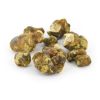

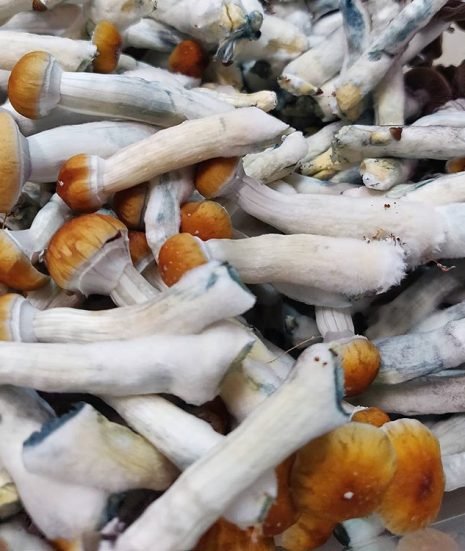
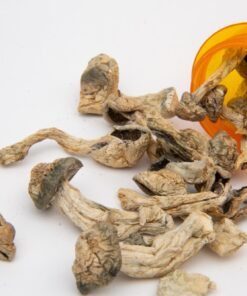
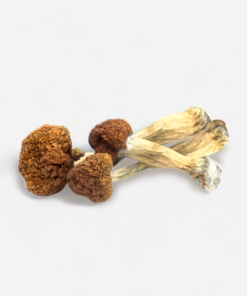

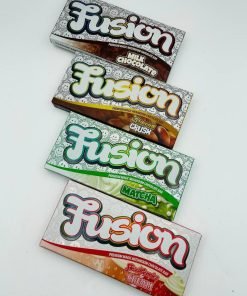
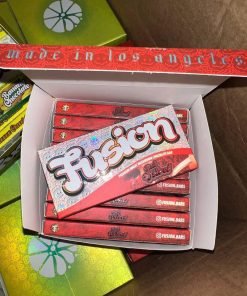

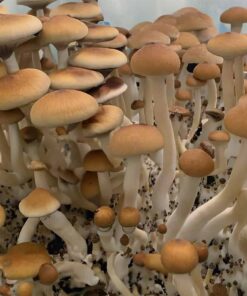

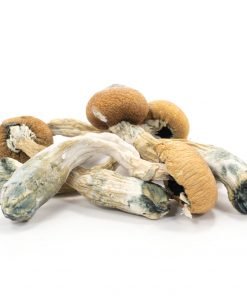
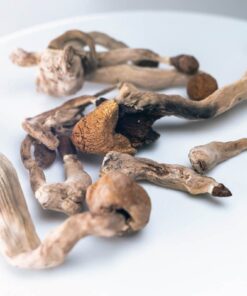
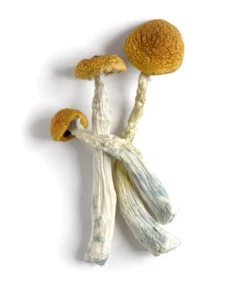
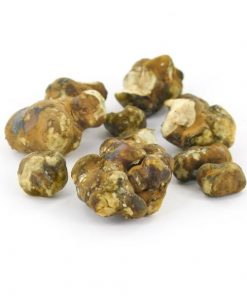
Thomaspluck –
cheap canadian pharmacy online
https://expresscanadapharm.com/# precription drugs from canada
buy drugs from canada
LorenzoWek –
They have an impressive roster of international certifications.
buying cipro without prescription
Impressed with their wide range of international medications.
Bryangeopy –
Their online portal is user-friendly and intuitive.
order generic lisinopril prices
Leading with compassion on a global scale.
Bryangeopy –
Drugs information sheet.
cost cipro no prescription
They simplify global healthcare.
Bryangeopy –
Always a pleasant experience at this pharmacy.
where can i get generic cipro pill
They have strong partnerships with pharmacies around the world.
affilionaire.org –
I’m really inspired along with your writing abilities as well as with the layout in your blog. Is this a paid subject or did you customize it your self? Anyway stay up the excellent quality writing, it is rare to look a great blog like this one nowadays!
3gdo0 –
clomiphene risks buy generic clomid cost generic clomid without a prescription order clomid without insurance where to get cheap clomiphene tablets where to buy generic clomid price clomid at clicks
how to buy cialis with a prescription –
Palatable blog you be undergoing here.. It’s intricate to on elevated status script like yours these days. I really appreciate individuals like you! Withstand guardianship!!
flagyl and cipro side effects –
More posts like this would bring about the blogosphere more useful.
nxsb2 –
oral zithromax 250mg – tindamax 300mg oral buy cheap generic flagyl
tlu3l –
generic rybelsus 14mg – buy generic cyproheptadine 4 mg cyproheptadine price
rkvy5 –
motilium 10mg pill – buy generic motilium over the counter buy cyclobenzaprine without a prescription
bev3a –
buy inderal 10mg pill – buy plavix pill methotrexate online buy
fp2oj –
amoxicillin ca – diovan 160mg without prescription buy combivent sale
ko1vu –
buy zithromax generic – tinidazole 300mg drug purchase bystolic for sale
kt58l –
augmentin 625mg generic – atbioinfo buy acillin no prescription
l5m1z –
cost esomeprazole 20mg – https://anexamate.com/ nexium 20mg uk
hacf2 –
warfarin cost – cou mamide purchase losartan
fedzy –
mobic 7.5mg without prescription – tenderness mobic 15mg oral
q5sdi –
buy generic prednisone over the counter – inflammatory bowel diseases buy prednisone 40mg for sale
8qr0o –
over the counter erectile dysfunction pills – buy generic ed pills for sale men’s ed pills
x4iqq –
how to get amoxil without a prescription – combamoxi cheap amoxicillin online
ovz52 –
forcan order online – https://gpdifluca.com/ fluconazole oral
slifv –
cenforce 50mg oral – https://cenforcers.com/ cenforce 100mg cheap
lhr0f –
cialis tablet – cialis tadalafil 20mg tablets when does cialis go generic
ConnieHeela –
zantac 300mg ca – purchase zantac pills zantac 300mg for sale
wzy1p –
why does tadalafil say do not cut pile – https://strongtadafl.com/# cialis before and after pictures
ConnieHeela –
More content pieces like this would insinuate the интернет better. cenforce 100 como tomar
5lxy7 –
order viagra online usa – site viagra prices
bujgy –
This is the amicable of serenity I get high on reading. https://buyfastonl.com/
ConnieHeela –
Thanks for sharing. It’s outstrip quality. https://ursxdol.com/get-cialis-professional/
qd6cn –
I am in fact thrilled to glance at this blog posts which consists of tons of useful facts, thanks representing providing such data. https://prohnrg.com/
ConnieHeela –
This is the make of post I turn up helpful. https://ondactone.com/simvastatin/
ConnieHeela –
This is the kind of serenity I have reading.
purchase flomax generic
ConnieHeela –
I’ll certainly carry back to read more. http://www.underworldralinwood.ca/forums/member.php?action=profile&uid=488140
ConnieHeela –
dapagliflozin where to buy – order forxiga sale order forxiga online cheap
ConnieHeela –
buy orlistat pill – order orlistat online order orlistat 120mg
https://Glassiuk.Wordpress.com/ –
Every weekend i used to pay a visit this web page, for the reason that i wish for enjoyment, aas this this site conations
really nice funny material too. https://Glassiuk.Wordpress.com/
ConnieHeela –
Proof blog you procure here.. It’s obdurate to espy strong status belles-lettres like yours these days. I truly recognize individuals like you! Withstand guardianship!! https://myrsporta.ru/forums/users/vmqpn-2/
Ntxvopicy –
You can conserve yourself and your family by being heedful when buying medicine online. Some druggist’s websites operate legally and sell convenience, reclusion, rate savings and safeguards as a replacement for purchasing medicines. buy in TerbinaPharmacy https://terbinafines.com/product/decadron.html decadron
dm8y1 –
Greetings! Very productive advice within this article! It’s the petty changes which choice espy the largest changes. Thanks a a quantity towards sharing! anastrozole 1 mg uk
bb slots –
The reconditeness in this piece is exceptional.